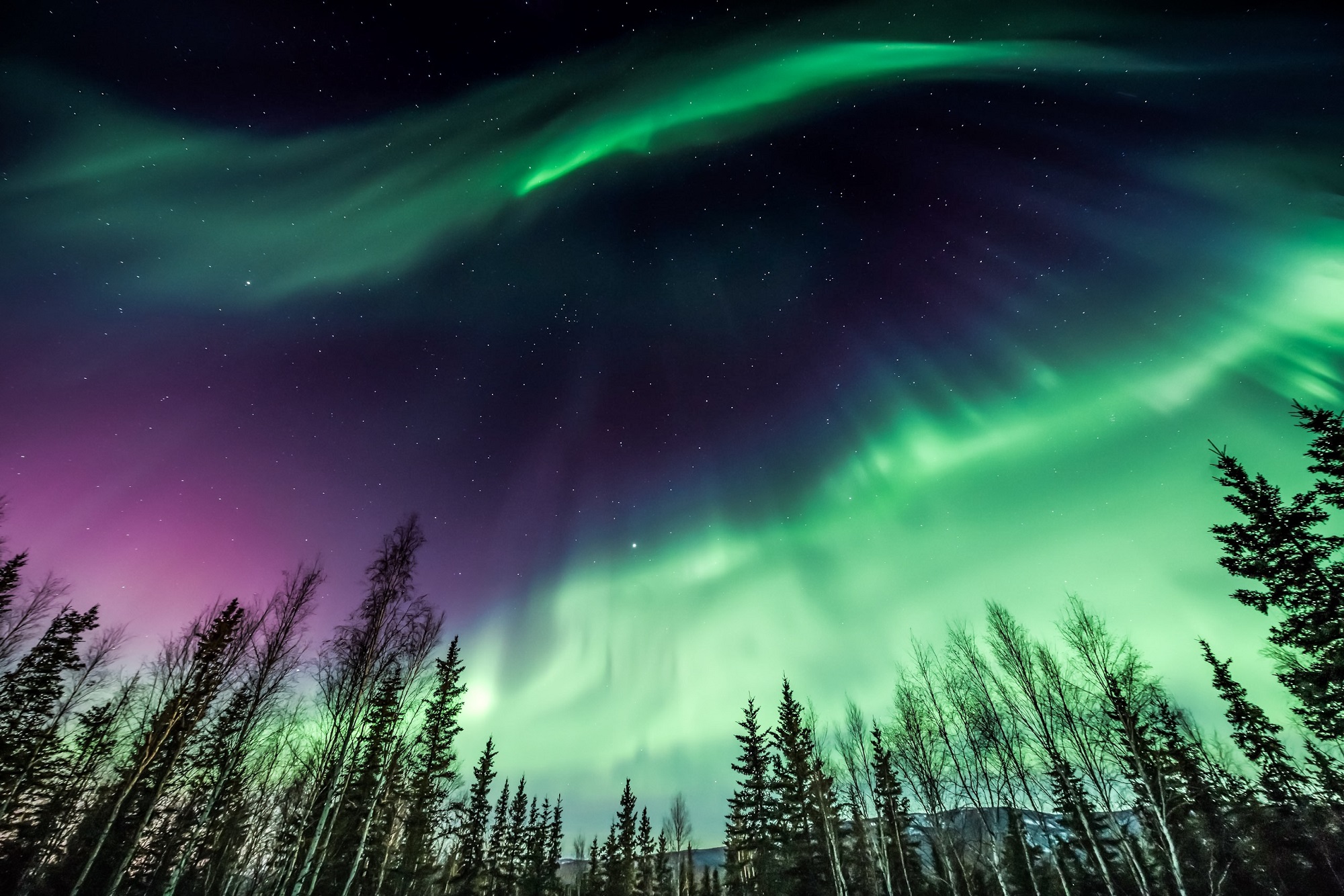Introduction to the Northern Lights
There’s something undeniably magical about the Northern Lights. Known scientifically as the Aurora Borealis, this stunning natural phenomenon has captivated hearts and minds for centuries. Imagine standing beneath a dark sky, watching vibrant colors dance across the horizon—pinks, greens, and purples swirling in an ethereal display. It’s not just a sight; it’s an experience that leaves you breathless.
For adventurers seeking unforgettable moments in nature, witnessing the Northern Lights is often at the top of their bucket lists. But when is the best time to catch this spectacular show? And where can you go to witness its wonders? Get ready to uncover all there is to know about chasing these celestial lights and planning your very own adventure into this enchanting world.
The Science Behind the Aurora Borealis
The Northern Lights, or Aurora Borealis, are a stunning natural phenomenon. They occur when charged particles from the sun collide with gases in Earth’s atmosphere. This interaction creates vibrant colors that dance across the night sky.
When solar winds reach our planet, they carry these particles along magnetic field lines towards the poles. As they enter the atmosphere, oxygen and nitrogen atoms react with them. The result? Spectacular greens, pinks, blues, and purples lighting up the dark.
Altitude plays a role too; Auroras can be seen as high as 200 miles above ground level. The intensity of this display varies based on solar activity cycles—more sunspots mean more spectacular shows.
Understanding this science enhances your appreciation for witnessing such beauty in nature’s canvas. Each flicker tells a story woven through space weather and atmospheric chemistry.
Best Time to See the Northern Lights
The northern lights, or aurora borealis, are most visible during the winter months. From late September to early April, clear skies and long nights create prime viewing conditions.
As temperatures drop, so does light pollution. This is when the magic truly begins. The best chances for a spectacular display occur around the equinoxes in March and September. During this time, solar activity tends to peak.
For those seeking adventure beyond just sightseeing, consider planning your trip during these months. You’ll experience not only breathtaking visuals but also vibrant local cultures celebrating winter traditions.
Remember that weather plays a crucial role too. Choose locations with minimal cloud cover for optimal visibility of this natural wonder. With patience and a little luck on your side, witnessing the northern lights could become one of your most cherished experiences.
Top Places to Witness the Magic
Iceland stands out as a premier destination for witnessing the northern lights. The dramatic landscapes create an enchanting backdrop, making each display feel like a scene from another world.
Norway’s Tromsø is often dubbed the “Gateway to the Arctic.” Its location above the Arctic Circle ensures plenty of opportunities to catch those vibrant colors dancing across the sky.
Alaska offers vast wilderness with minimal light pollution. Fairbanks is particularly famous, providing guided tours that take you right into nature’s spotlight.
In Canada, Yellowknife in Northwest Territories serves as a prime viewing location. Clear skies and stunning views over Great Slave Lake make it a favorite among aurora chasers.
Sweden’s Abisko National Park boasts unique weather patterns that can increase your chances of seeing this celestial wonder. Each place brings its own charm and allure to your northern lights experience.
Planning Your Trip: Tips and Tricks
When planning your trip to experience the northern lights, timing is key. Aim for late autumn to early spring, when skies are darker and clearer.
Consider booking a guided tour. Local experts know the best spots and can enhance your adventure with insights about the auroras.
Don’t forget to check weather forecasts regularly. Cloud cover can obstruct your view of this magical phenomenon.
Pack appropriately! Layered clothing is essential, as temperatures can plummet at night.
Also, remember to bring a good camera or smartphone with manual settings if you want to capture those stunning moments.
Planning around new moon phases increases your chances of witnessing vibrant colors in full glory without light interference from the moon.
Keep an open mind—sometimes the most memorable experiences come from unexpected places and encounters along the way.
Unique Experiences and Activities
Experiencing the northern lights is about more than just watching a natural phenomenon; it’s about immersing yourself in an adventure that engages all your senses. Imagine embarking on a snowmobile tour through pristine, snowy landscapes. The thrill of speed and the crisp air can amplify the magic of the auroras above.
For those seeking something different, consider staying in an ice hotel or a glass igloo. These unique accommodations allow you to gaze at the night sky from your bed while remaining warm and cozy inside. Some places even offer guided photography tours, teaching you how to capture stunning images of this breathtaking spectacle—perfect for sharing with friends back home.
Don’t overlook cultural experiences either. Many indigenous communities host traditional gatherings where you can learn about their connection to the northern lights through stories and legends passed down through generations. This deeper understanding enhances your overall experience.
If you’re feeling adventurous, try dog sledding under the glow of dancing colors overhead or embark on a hot air balloon ride for an aerial view of this mesmerizing display. Each activity offers its own charm while showcasing nature’s incredible light show.
These unique experiences make witnessing the northern lights not just another item on your bucket list but rather an unforgettable chapter in your life story filled with wonder and excitement.










